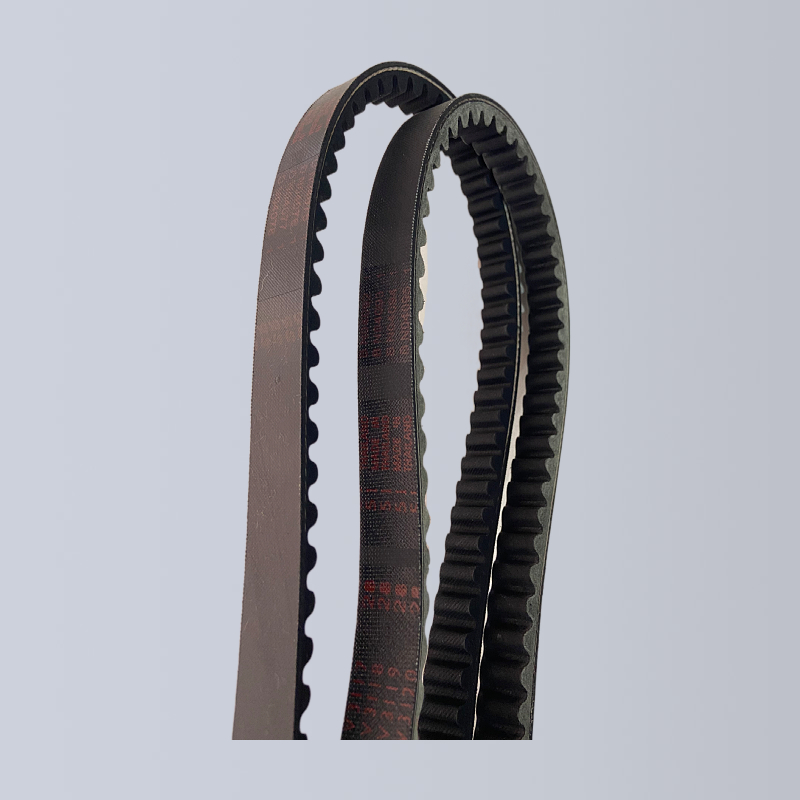- Arabic
- French
- Russian
- Spanish
- Portuguese
- Turkish
- Armenian
- English
- Albanian
- Amharic
- Azerbaijani
- Basque
- Belarusian
- Bengali
- Bosnian
- Bulgarian
- Catalan
- Cebuano
- Corsican
- Croatian
- Czech
- Danish
- Dutch
- Afrikaans
- Esperanto
- Estonian
- Finnish
- Frisian
- Galician
- Georgian
- German
- Greek
- Gujarati
- Haitian Creole
- hausa
- hawaiian
- Hebrew
- Hindi
- Miao
- Hungarian
- Icelandic
- igbo
- Indonesian
- irish
- Italian
- Japanese
- Javanese
- Kannada
- kazakh
- Khmer
- Rwandese
- Korean
- Kurdish
- Kyrgyz
- Lao
- Latin
- Latvian
- Lithuanian
- Luxembourgish
- Macedonian
- Malgashi
- Malay
- Malayalam
- Maltese
- Maori
- Marathi
- Mongolian
- Myanmar
- Nepali
- Norwegian
- Norwegian
- Occitan
- Pashto
- Persian
- Polish
- Punjabi
- Romanian
- Samoan
- Scottish Gaelic
- Serbian
- Sesotho
- Shona
- Sindhi
- Sinhala
- Slovak
- Slovenian
- Somali
- Sundanese
- Swahili
- Swedish
- Tagalog
- Tajik
- Tamil
- Tatar
- Telugu
- Thai
- Turkmen
- Ukrainian
- Urdu
- Uighur
- Uzbek
- Vietnamese
- Welsh
- Bantu
- Yiddish
- Yoruba
- Zulu
Aug . 09, 2024 06:25 Back to list
Understanding the Mechanics and Applications of Variable Belt Drive Systems in Modern Engineering
Understanding Variable Belt Drives An Overview
Variable belt drives are an essential component in the world of mechanical engineering, specifically in power transmission systems. They are designed to offer adjustable speed and torque, making them highly versatile and efficient for various applications. In this article, we will explore the concept of variable belt drives, their components, advantages, disadvantages, and typical applications.
What is a Variable Belt Drive?
At its core, a variable belt drive is a mechanical system that uses belts and pulleys to transfer power between different parts of a machine. Unlike traditional belt drive systems that have a fixed ratio between the driving and driven pulleys, variable belt drives allow for the adjustment of this ratio, enabling changes in speed and torque. This flexibility can be achieved through various mechanisms, including adjustable pulleys, tensioners, and other innovative designs.
Key Components
The primary components of a variable belt drive include
1. Pulleys These are the wheels around which the belt rotates. In a conventional system, pulleys have a fixed diameter, but variable belt drives feature pulleys that can change their effective diameter. 2. Belt The flexible loop that connects the pulleys. The belt transmits power from one pulley to another and is designed to handle tension and wear.
3. Adjustment Mechanism This can include mechanical linkages, hydraulic systems, or electronic controls that allow the operator to change the position of the pulleys, thus altering the drive ratio.
4. Load The machine or system that receives the power transmitted from the belt drive.
Advantages of Variable Belt Drives
1. Adjustability The most significant advantage of variable belt drives is their ability to adjust speed and torque according to operational requirements. This feature enhances process efficiency and can lead to reduced energy consumption.
2. Simplicity Compared to other variable speed systems, such as gear or hydraulic drives, variable belt drives are often simpler and more cost-effective to manufacture and maintain.
3. Smooth Operation Variable belt drives can provide smooth transitions between speeds, ensuring less stress on the machinery and a longer lifespan for the components.
variable belt drive

4. Versatility These drives are suitable for various applications, from automotive systems to industrial machinery, making them a popular choice across different sectors.
Disadvantages
Despite their many advantages, variable belt drives also come with some drawbacks
1. Wear and Tear The belts used in these systems can wear out over time, necessitating regular maintenance and replacement. This wear can lead to reduced efficiency and increase operational costs.
2. Slippage Depending on the design and materials, variable belt drives may experience slippage, which can result in a loss of power transmission efficiency.
3. Limited Torque Handling For heavy-duty applications, some variable belt drives may not provide enough torque, making them less suitable for certain industrial tasks.
Applications
Variable belt drives are utilized in a wide range of applications
- Automotive Industry They are commonly found in vehicle transmissions, allowing for smooth acceleration and deceleration. - Manufacturing Equipment Machines such as lathes, saws, and conveyors frequently use variable belt drives to adjust the speed of operations based on the material being processed.
- Home Appliances Some advanced washing machines and dryers utilize variable belt drives for better energy efficiency and performance.
Conclusion
In conclusion, variable belt drives represent a vital technology in power transmission. Their ability to provide adjustable speed and torque in a compact design makes them a preferred solution in many industries. Understanding the advantages and limitations of variable belt drives can help operators and engineers make informed decisions for their applications, ultimately leading to improved efficiency and performance in their mechanical systems.
-
Upgrade Power Steering Pump Belt for Smooth, Quiet Operation
NewsAug.27,2025
-
Precision Timing Belt & Chain: Engine Performance & Durability
NewsAug.26,2025
-
Precision Lathe Drive Belts: Durable & Reliable Performance
NewsAug.25,2025
-
84.5 Serpentine Belt: Durable & Precision Fit for Your Engine
NewsAug.24,2025
-
Premium Ribbed Drive Belts for Quiet Power Transmission
NewsAug.23,2025
-
High-Performance Vehicle Timing Belt for Engine Precision
NewsAug.22,2025

